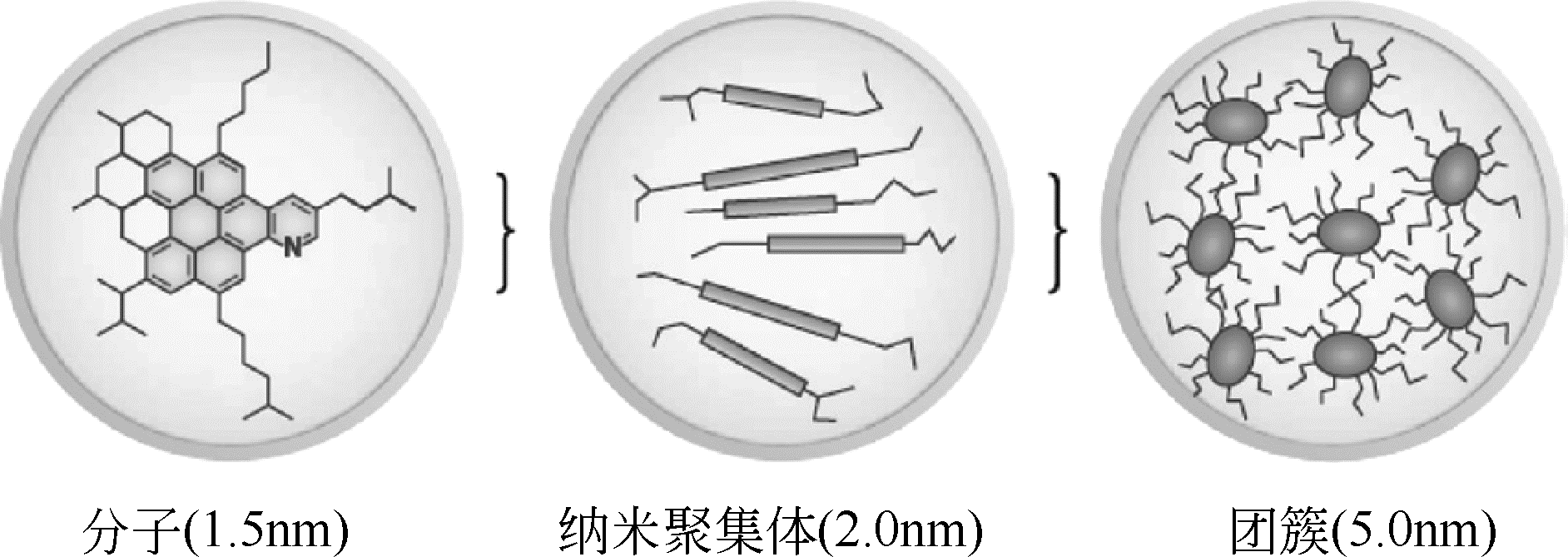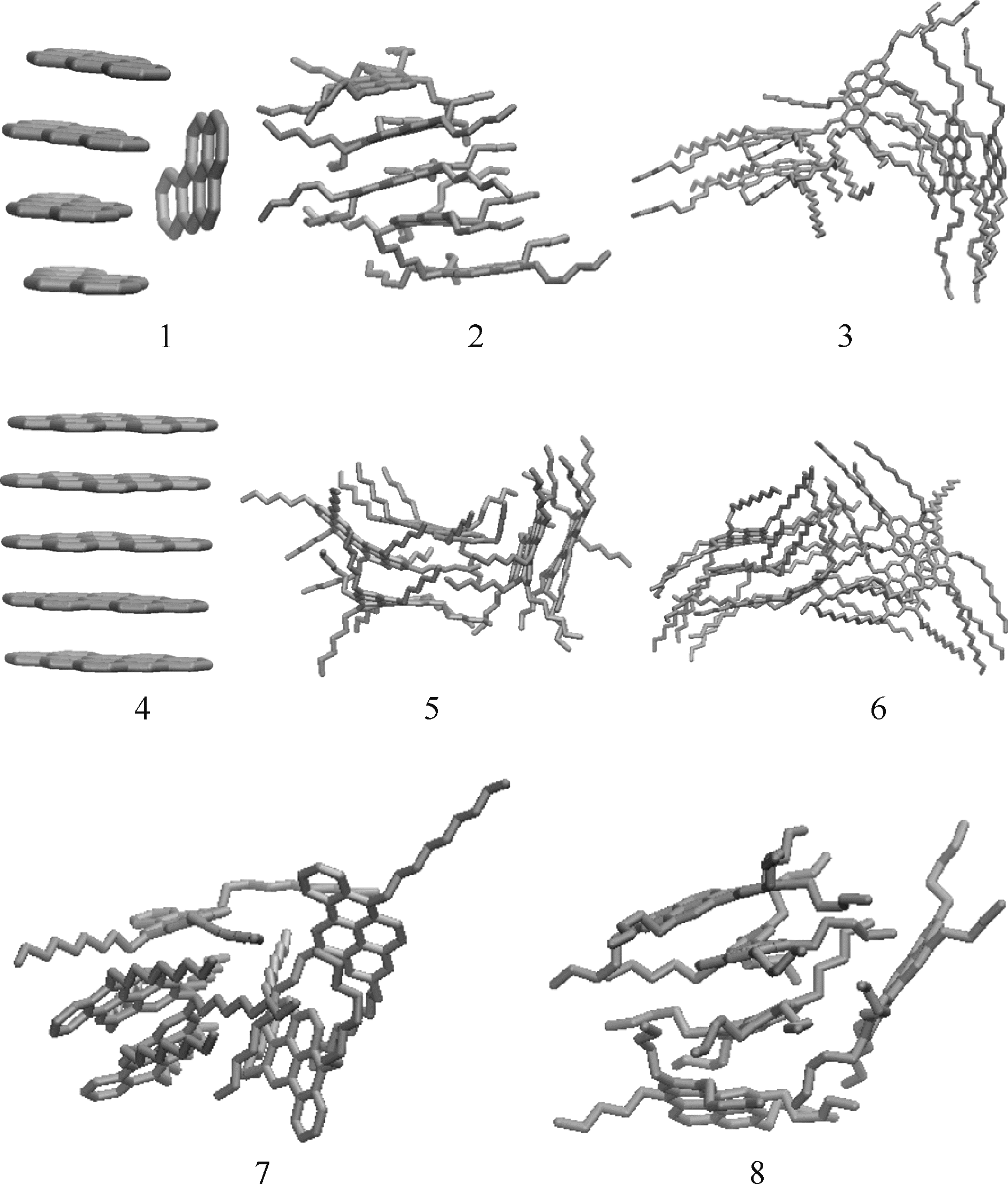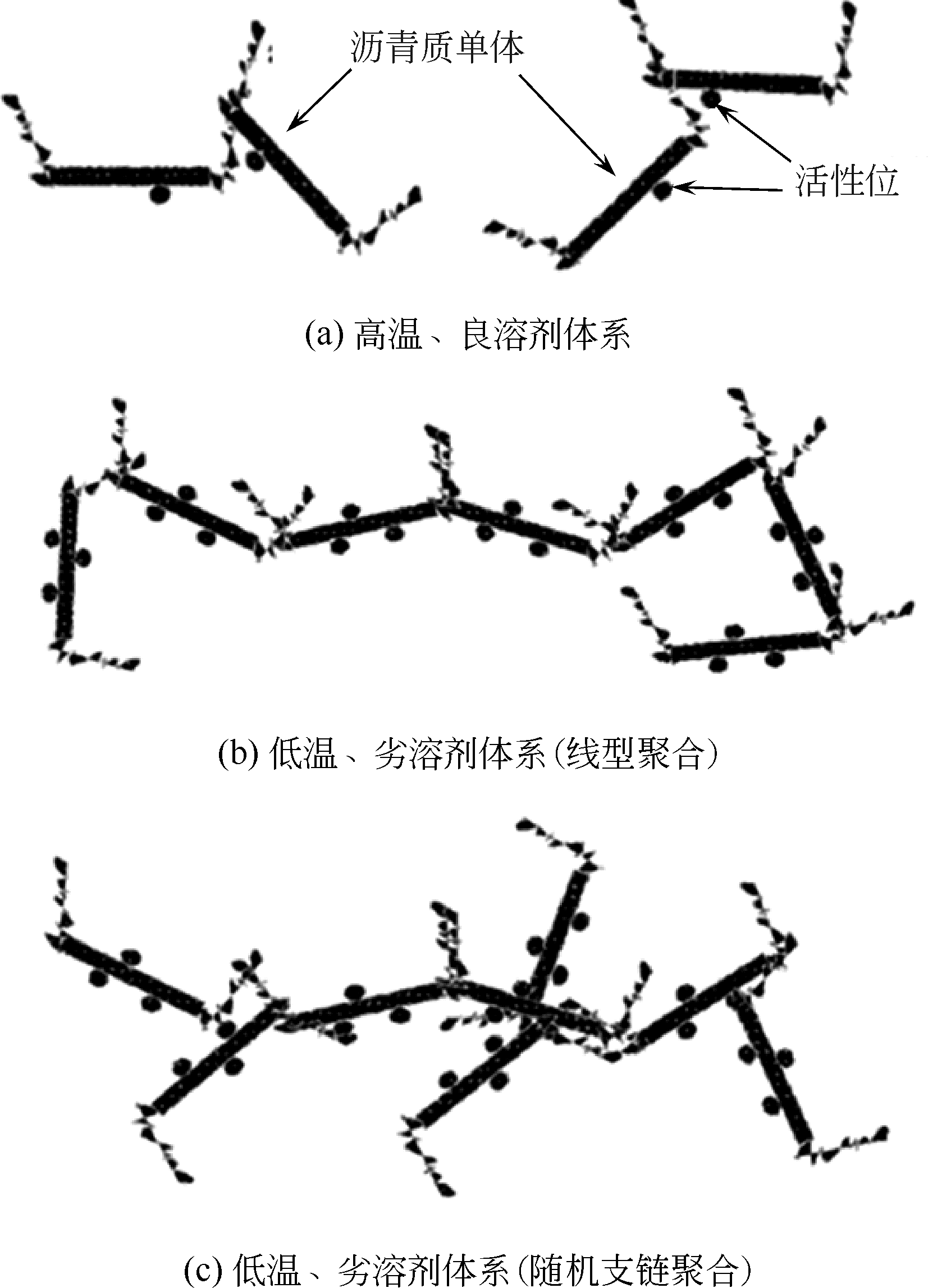| 1 |
徐春明, 杨朝合 . 石油炼制工程[M]. 北京:石油工业出版社, 2009.XU C M, YANG C H. Petroleum refining project [M]. Beijing: Petroleum Industry Press, 2009.
|
| 2 |
WIEHE I A . Asphaltene solubility and fluid compatibility [J]. Energy & Fuels, 2012, 26(7): 4004-4016.
|
| 3 |
GROENZIN H , MULLINS O C . Asphaltene molecular size and structure [J]. The Journal of Physical Chemistry A, 1999, 103(50): 11237-11245.
|
| 4 |
GROENZIN H , MULLINS O C . Molecular size and structure of asphaltenes from various sources [J]. Energy & Fuels, 2000, 14(3): 677-684.
|
| 5 |
BUENROSTRO-GONZALEZ E , GROENZIN H , LIRAGALEANA C , et al . The overriding chemical principles that define asphaltenes [J]. Energy & Fuels, 2001, 15(4): 972-978.
|
| 6 |
SABBAH H , MORROW A L , POMERANTZ A E , et al . Evidence for island structures as the dominant architecture of asphaltenes [J]. Energy & Fuels, 2011, 25(4): 1597-1604.
|
| 7 |
SCHULER B , MEYER G , PEÑA D , et al . Unraveling the molecular structures of asphaltenes by atomic force microscopy [J]. Journal of the American Chemical Society, 2015, 137(31): 9870-9876.
|
| 8 |
SCHULER B , FATAYER S , MEYER G , et al . Heavy oil based mixtures of different origins and treatments studied by atomic force microscopy [J]. Energy & Fuels, 2017, 31(7): 6856-6861.
|
| 9 |
BETANCOURT S S , VENTURA G T , POMERANTZ A E , et al . Nanoaggregates of asphaltenes in a reservoir crude oil and reservoir connectivity [J]. Energy & Fuels, 2009, 23(3): 1178-1188.
|
| 10 |
MOSTOWFI F , INDO K , MULLINS O C , et al . Asphaltene nanoaggregates studied by centrifugation [J]. Energy & Fuels, 2009, 23(3): 1194-1200.
|
| 11 |
ANDREATTA G , GONCALVES C C , BUFFIN G , et al . Nanoaggregates and structure-function relations in asphaltenes [J]. Energy & Fuels, 2005, 19(4): 1282-1289.
|
| 12 |
WANG H J , XU H Y , JIA W H , et al . Revealing the intermolecular interactions of asphaltene dimers by quantum chemical calculations [J]. Energy & Fuels, 2017, 31(3): 2488-2495.
|
| 13 |
蔡新恒 . 沥青质分子团聚体的聚集与解离研究[D]. 北京: 石油化工科学研究院, 2017.
|
|
CAI X H . Research on aggregation mechanism and disaggregation strategies for asphaltene molecular aggregates [D]. Beijing: Research Institute of Petroleum Processing, 2017.
|
| 14 |
苗杰, 龙军, 任强, 等 . 原油乳状液稳定机理的分子模拟研究[J]. 石油学报(石油加工), 2018, 34(1): 86-93.
|
|
MIAO J , LONG J , REN Q , et al . Molecular simulation study on the stabilization mechanism of crude oil emulsion [J]. Acta Petrolei Sinica (Petroleum Processing Section), 2018, 34(1): 86-93.
|
| 15 |
刘必心, 龙军, 任强, 等 . 塔河沥青质超分子体系的初步探索[J]. 石油学报(石油加工), 2017, 33(1): 16-24.
|
|
LIU B X , LONG J , REN Q , et al . Preliminary exploration for supramolecular system of Tahe asphaltene [J]. Acta Petrolei Sinica (Petroleum Processing Section), 2017, 33(1): 16-24.
|
| 16 |
MURGICH J . Intermolecular forces in aggregates of asphaltenes and resins [J]. Petroleum Science and Technology, 2002, 20(9/10): 983-997.
|
| 17 |
GRAY M R , TYKWINSKI R R , STRYKER J M , et al . Supramolecular assembly model for aggregation of petroleum asphaltenes [J]. Energy & Fuels, 2011, 25(7): 3125-3134.
|
| 18 |
MULLINS O C . The modified Yen model [J]. Energy & Fuels, 2010, 24(4): 2179-2207.
|
| 19 |
MULLINS O C , SABBAH H , EYSSAUTIER J L , et al . Advances in asphaltene science and the Yen-Mullins model [J]. Energy & Fuels, 2012, 26(7): 3986-4003.
|
| 20 |
WANG W G , TAYLOR C , HU H , et al . Nanoaggregates of diverse asphaltenes by mass spectrometry and molecular dynamics [J]. Energy & Fuels, 2017, 31(9): 9140-9151.
|
| 21 |
AGRAWALA M , YARRANTON H W . An asphaltene association model analogous to linear polymerization [J]. Industrial & Engineering Chemistry Research, 2001, 40(21): 4664-4672.
|
| 22 |
GUTIÉRREZ L B , RANAUDO M A , MÉNDEZ B , et al . Fractionation of asphaltene by complex formation with p-nitrophenol. A method for structural studies and stability of asphaltene colloids [J]. Energy & Fuels, 2001, 15(3): 624-628.
|
| 23 |
ACEVEDO S , ESCOBAR O , ECHEVARRIA L , et al . Structural analysis of soluble and insoluble fractions of asphaltenes isolated using the PNP method. Relation between asphaltene structure and solubility [J]. Energy & Fuels, 2004, 18(2): 305-311.
|
| 24 |
ACEVEDO S C , GUZMAN K , OCANTO O . Determination of the number average molecular mass of asphaltenes (Mn) using their soluble A2 fraction and the vapor pressure osmometry (VPO) technique [J]. Energy & Fuels, 2010, 24(3): 1809-1812.
|
 ),Jun LONG,Qiang REN,Xinheng CAI
),Jun LONG,Qiang REN,Xinheng CAI





